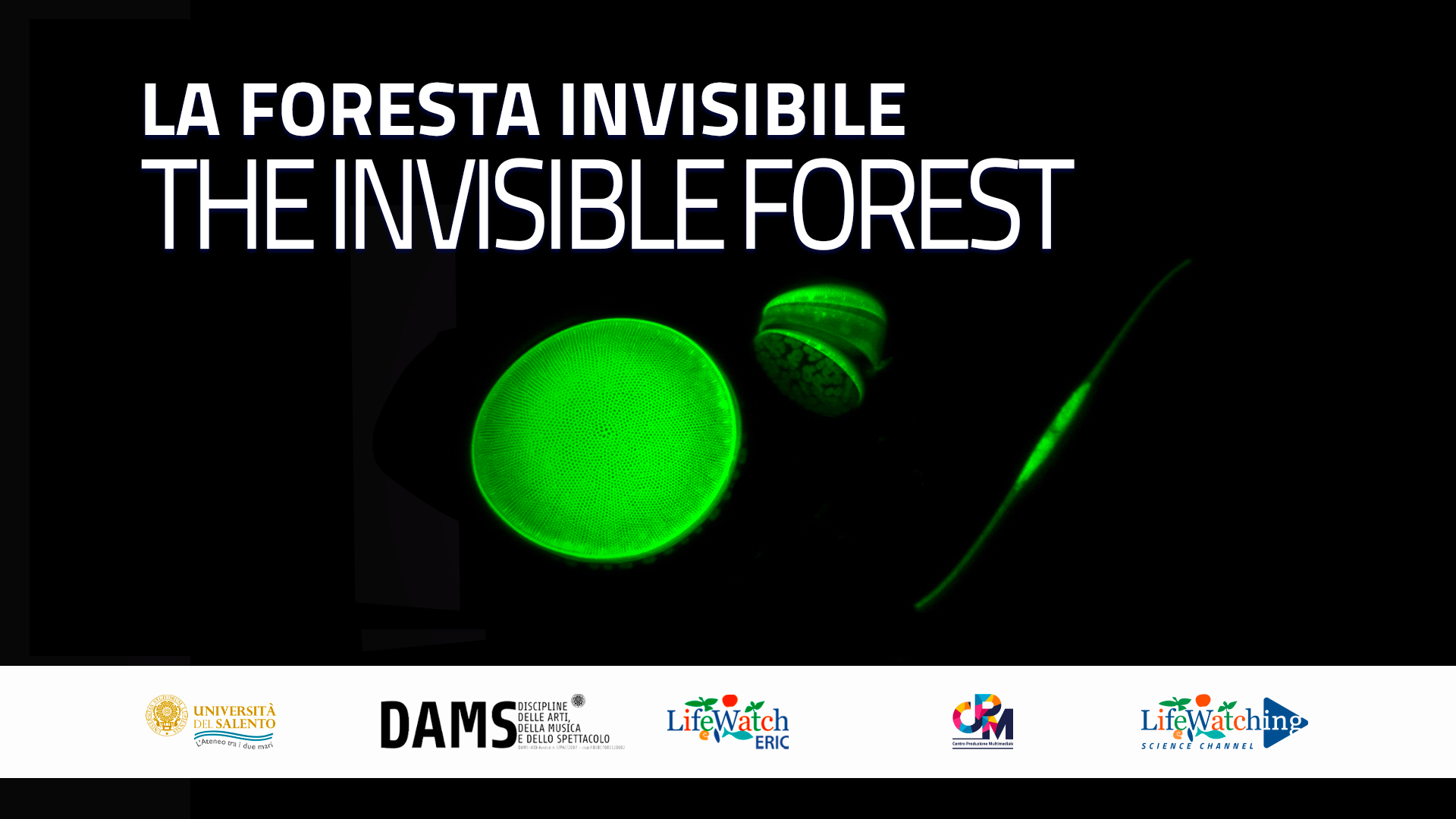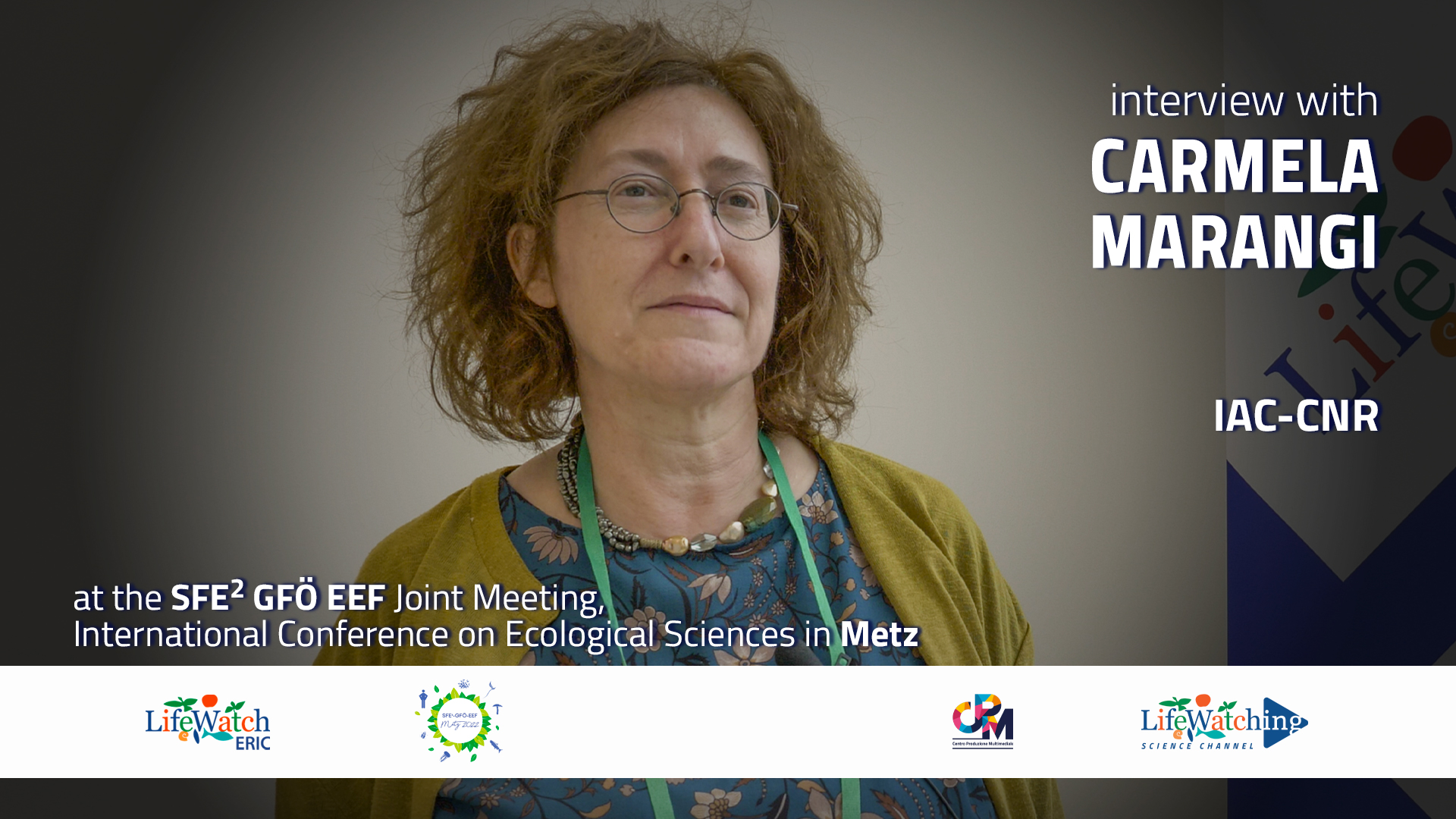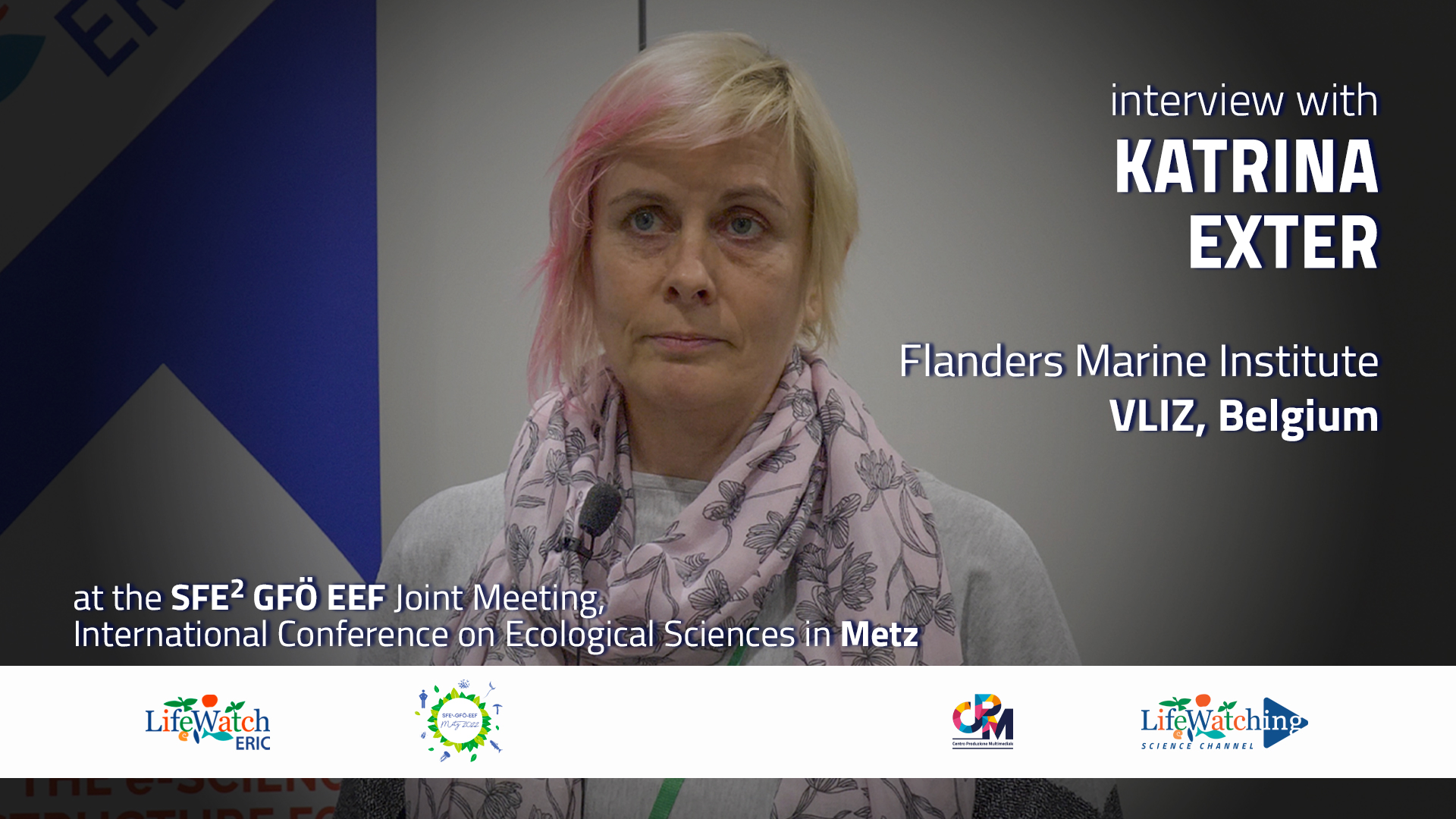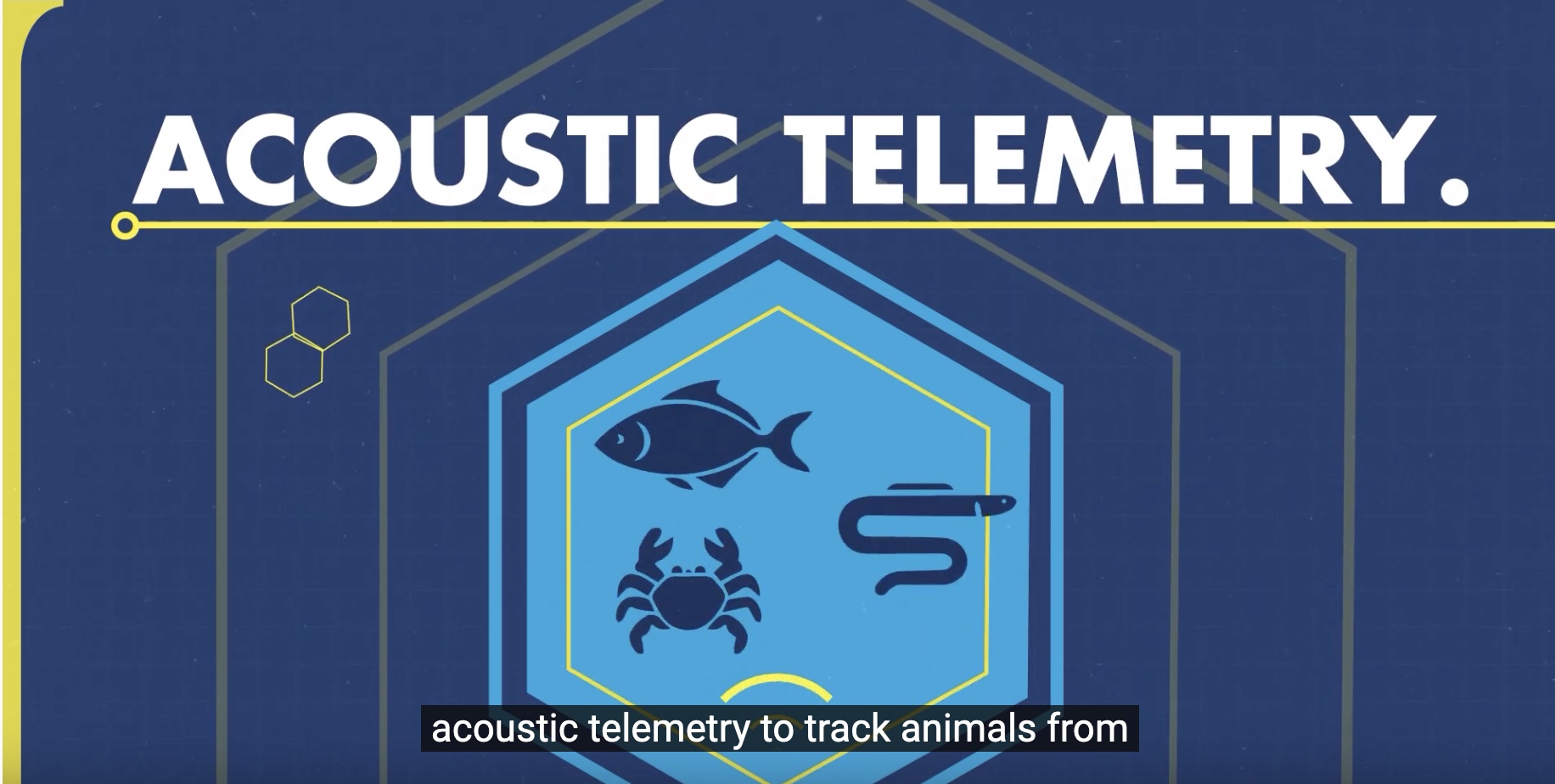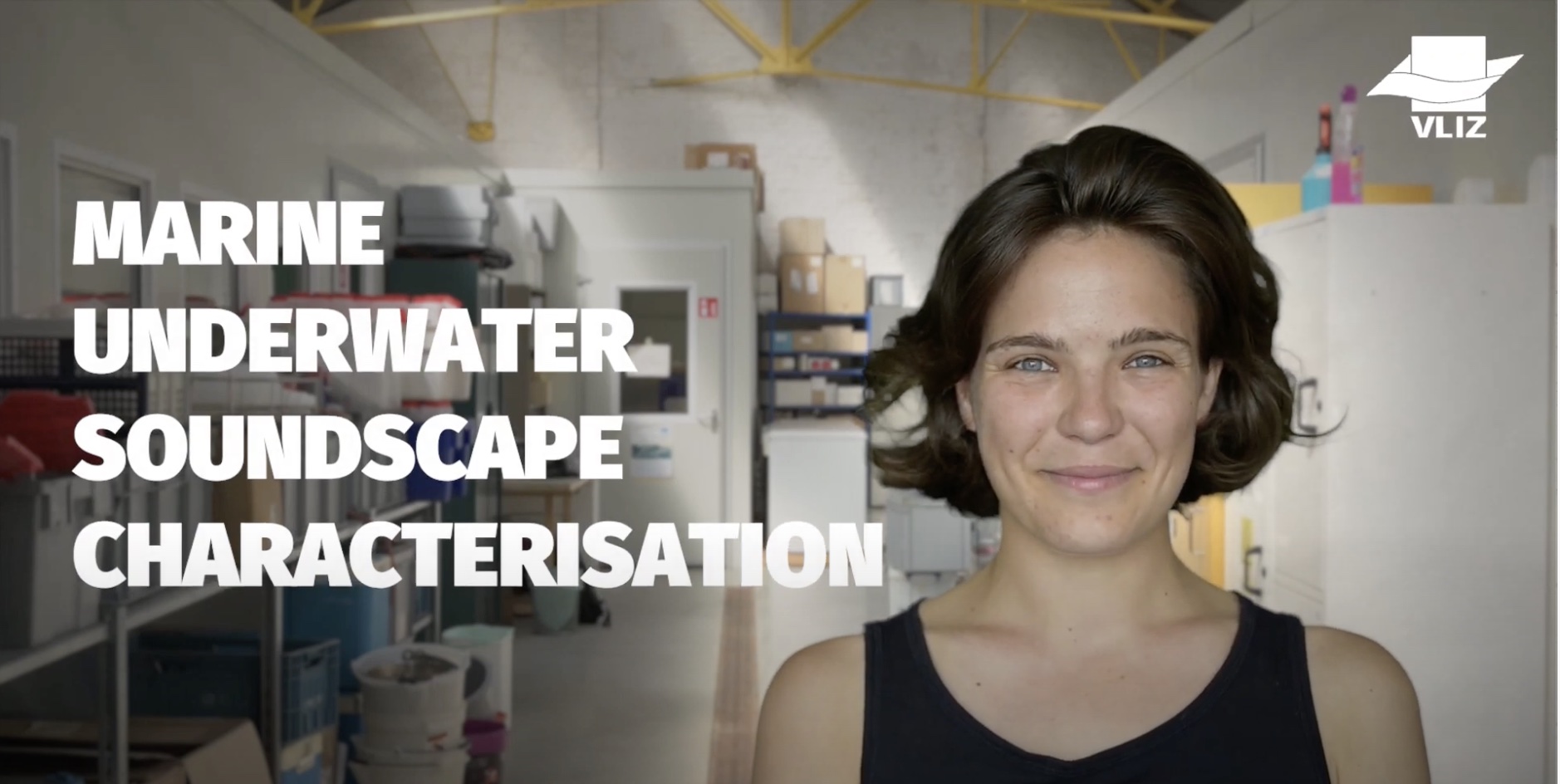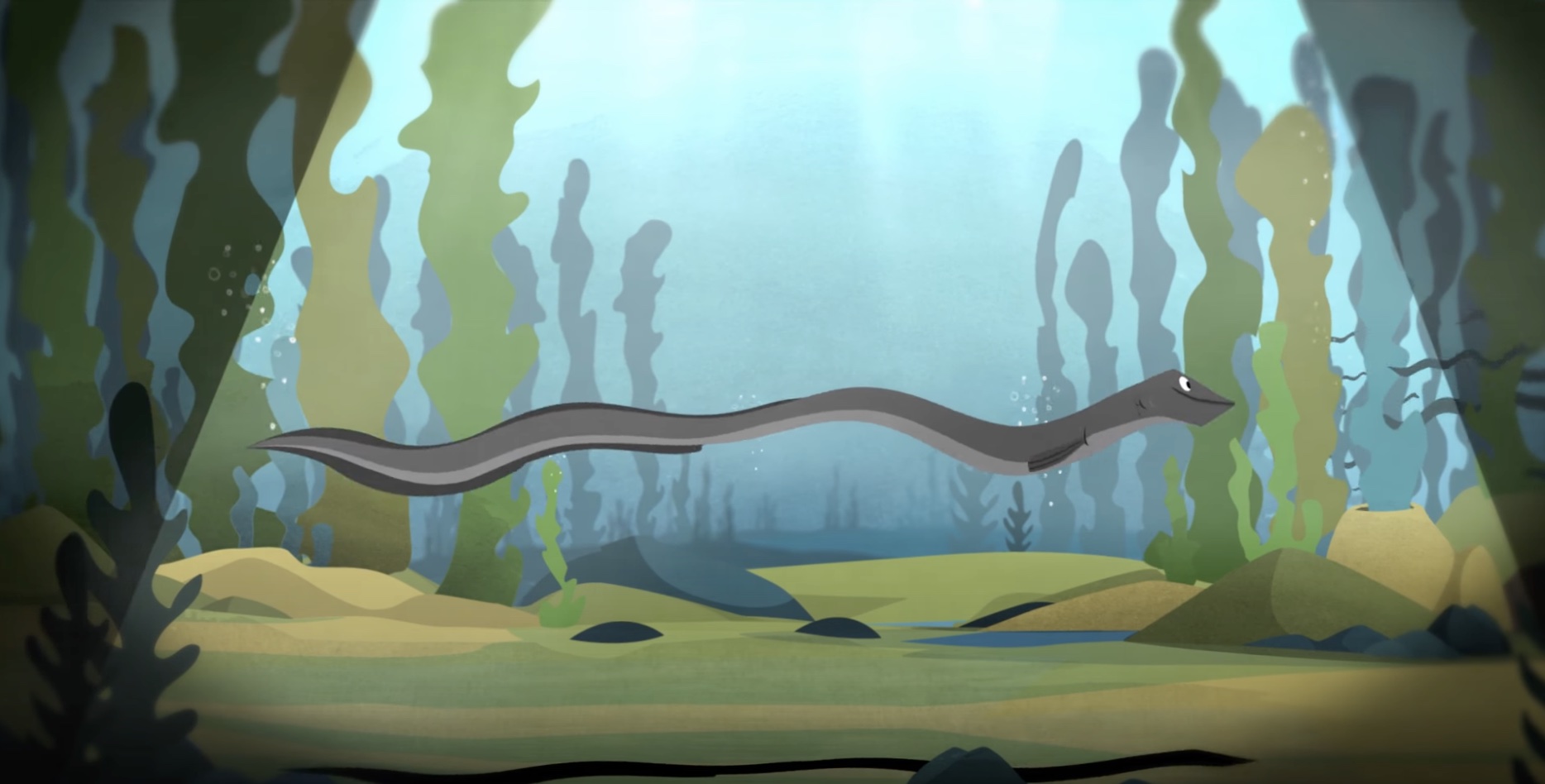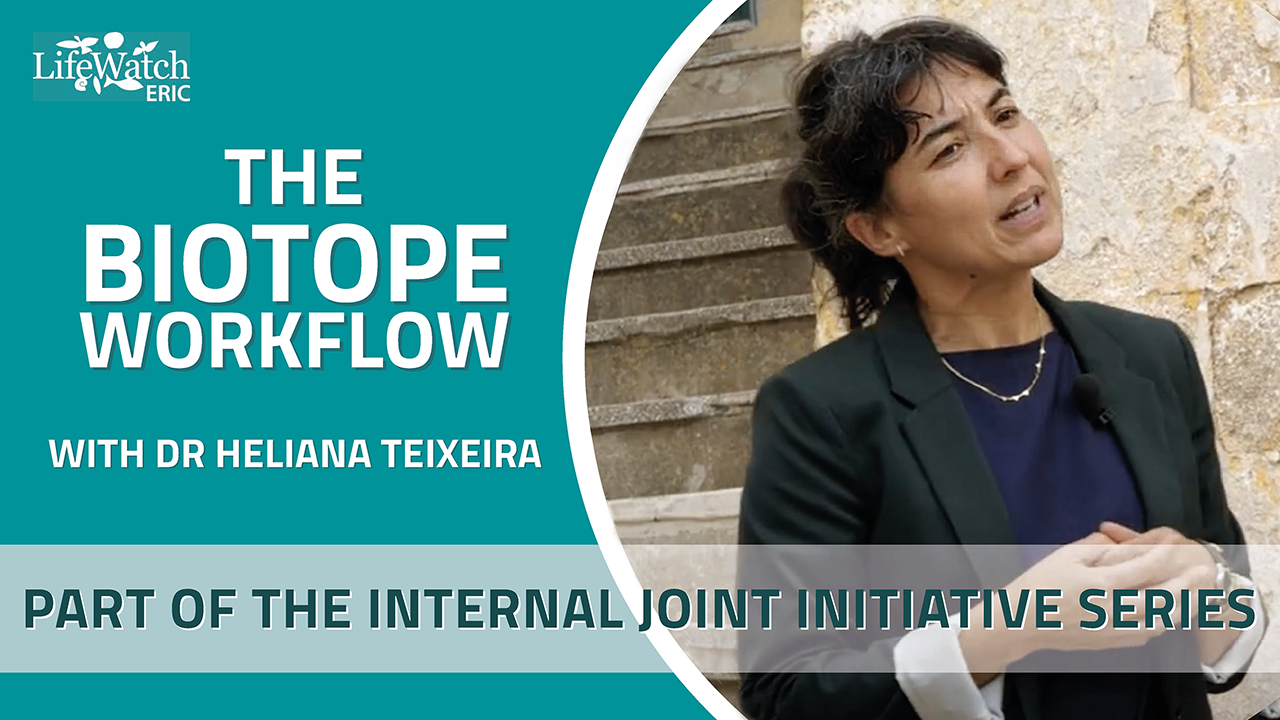Diary of an invasion: the Atlantic Blue Crab in the Mediterranean Sea
Crustaceans are considered the most successful taxonomic group of aquatic invaders worldwide. Their ability to colonise and easily adapt to new ecosystems can be ascribed to a number of ecological features including their omnivorous feeding behaviour. The Atlantic Blue Crab, Callinectes sapidus, is a colourfully aggressive crustacean that over the last 50 years has moved into the Mediterranean Sea; it’s an opportunistic omnivore that feeds on a variety of food sources, from detritus to plants and invertebrates. For this reason, it represents a good model to investigate the variation of trophic niches in invaded food webs and its ecological impact on native communities. The ecological consequences of the invasion and establishment of this invasive crustacean can vary from modification of carbon cycles in benthic food webs to regulation of prey/predator abundance through bottom-up and top-down interactions. Understanding how the trophic ecology of these invasive crustaceans shapes benthic food webs in invaded ecosystems is crucial for an accurate assessment of their impact.
Animal tracking, the practice of monitoring and studying animal movements and behaviour in their natural environment from a distance has provided key information about the biology and ecology of this species, allowing to model its distribution and forecast its impacts. Researchers of the University of Salento are keeping track of this invasion in the Acquatina Lagoon, off the Apulian coast in Italy.
Watch the video and find out more!
For more information: https://www.lifewatch.eu/internal-joint-initiative/

